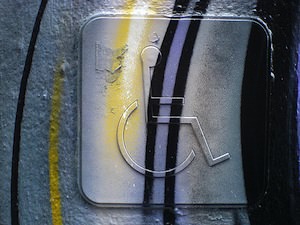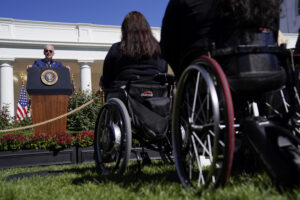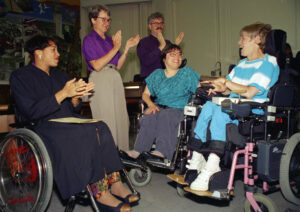Would You Pay the Price of a Longer Life?
Two studies suggest living longer may come with a number of troublesome symptoms and a high risk of disability that increase caregiving needs in the twilight years of life.
Two studies suggest living longer may come with a number of troublesome symptoms and a high risk of disability that increase caregiving needs in the twilight years of life.
In the first study, reported online in JAMA Internal Medicine, the prevalence of disability increased from 14 percent among people who died at ages of 50 to 69 to 50 percent of those who died at ages 90 or older. Women had a 50 percent greater risk of disability in the last two years of life than did men.
— Posted by Alexander Reed Kelly.
Your support matters…Charles Bankheard at MedPage Today:
A second study reported in the journal showed that the frequency of symptoms that restricted activity increased as the time to death decreased, reaching 57.2% in the last month before death.
The proportion of adults older than 85 is expected to reach 19.4 million in 2050, more than triple the rate in 2008. Although many people in their 80s and 90s continue to live independently, the likelihood of disability increases with advancing age.
Despite the well-recognized demographic changes, relatively little is known about the likelihood of disability during the last months of life, the authors noted in their introduction. Even less is known about variations by age, sex, and socioeconomic status.
Independent journalism is under threat and overshadowed by heavily funded mainstream media.
You can help level the playing field. Become a member.
Your tax-deductible contribution keeps us digging beneath the headlines to give you thought-provoking, investigative reporting and analysis that unearths what's really happening- without compromise.
Give today to support our courageous, independent journalists.






You need to be a supporter to comment.
There are currently no responses to this article.
Be the first to respond.